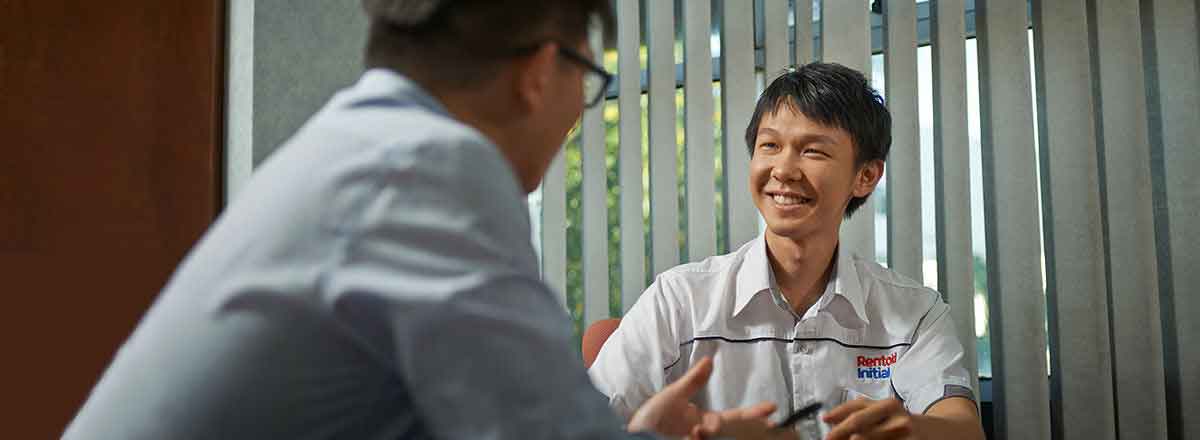Reporting services
The types of reporting services available
Pest control service
Integrated Pest Management
Termite solutions
Common pest
Specialist services
Hygiene and scenting
Hygiene services
Scenting services
Space & surface treatment services
Industry & residential
My business handles food
My business doesn't handle food
MY Home services
About Rentokil Initial

Integrated Pest Management
Call us for a free quote on 400 820 8770 or contact us
What Is Integrated Pest Management and How Does It Benefit You?
Integrated pest management (IPM) is a holistic approach towards pest risk management by utilising proactive control methods. It requires a combination of pest exclusion practices that involves good sanitation procedures along with extensive monitoring. With IPM in place, you can mitigate potential pest infestation eventually saving your business cost in the long run.
At Rentokil Initial, we work closely with you to fully understand your business requirements to develop a sustainable IPM programme. We distinguish ourselves by conducting a thorough risk assessment of your site to identify potential pest problems that are then incorporated in our forward planning, regular monitoring and decision-making. Besides that, we are familiar with many industry's regulations and auditing standards to better support you in your supply chain risk management.
Partnership between customers and Rentokil Initial
Education and exclusion
Sanitation
Treatment